Herbalism Directory
“A person who finds a herb has found a cure”
Below is a curated directory of medicinal herbs and mushrooms that can be used in a variety of ways, from supplement pills to tea to aromatherapy. This is presented for informational purposes, please consult a health expert before use.
Categories
Chaga Mushroom
Chaga is a medicinal mushroom that has a strong safety profile which has been used for thousands of years as a health preventative and to treat a variety of health problems that affect the digestive, immune, and cardiac systems. Chaga mushroom is unique among polypore mushrooms since 40% of its dry-weight are water soluble compounds, making it ideal for easily brewing as a tea or into coffee.
Article by Stefan Burns - Updated April 2022. Join the Wild Free Organic email newsletter!
Piece of chaga mushroom. CC4.0 Christine Young
| Name: | Chaga Mushroom, Linnaean - Inonotus obliquus |
| Color: | The mycellium mass which is harvested is black on the outside, yellowish orange to brown on the inside |
| Constituents: | Polysaccharides, glycoproteins, ergosterols, triterpenoids, mycoflavonoids, melanin, oxalate, other myconutrients |
| Effect: | Antioxidant, anti-inflammatory, anti-cancer, improves autonomic nervous system function, improves digestion, endocrine adaptogen, exhibits DNA protection properties |
| Preparation: | The chaga mass is ground into a powder. Often extracted and standardized to increase beta-glucan content by weight |
| Dosing: | 250-1000mg extracted powder, 1-3g raw powder |
| General Notes: | Chaga is harvested off birth and some other trees. What is harvested is not the fruiting body but instead a mass of sterile mycelium. Can be used as a coffee substitute, thicker cut whole powder works well mixed into coffee grounds before coffee extraction. Often used daily as a general longevity and immune booster with beneficial effects on the cardiovascular system. Its high concentration of melanin make it a potent antioxidant. Has a special place of honor in traditional Chinese medicine. |
What is Chaga Mushroom?
Chaga is a type of mushroom which grows mainly on birch and much less frequently alder, witchen, and bird cherry. In the process of colonizing a tree, it forms a sterile mostly black mass made of mycelium on the outside of the tree which resembles charcoal because it contains a large amount of melanin. This mass is known as a sclerotium. The harvested sclerotium is the chaga mushroom that is used medicinally and supplemented with. Chaga mushroom contains high levels of beta-glucans and triterpenoids which have powerful health effects. In Eastern Europe medicinal preparations have been made using chaga mushroom for thousands of years. Hunters in those regions would often brew a strong tea from ground chaga which helped them sustain high energy output while traversing the wilderness. The chemical composition of chaga differs significantly from other polypore mushrooms such as reishi mushroom which makes it unique. Chaga is nontoxic, well tolerated, and has virtually no counterindications for medicinal usage.
Chaga Mushroom Identification
Chaga mushroom identification is not always easy, there are various tree rots, growths, and diseases that can look like chaga mushroom. Identification for chaga starts by positively identifying the tree species a potential conk is growing on, and then by examining the conk for chaga-specific identifying characteristics. Some tree burls can look like a chaga conk in shape and size, but aren’t blacked like chaga is, or if they aren’t they don’t possess the rich interior amber, orange, and brown colors. Chaga that is harvestable doesn’t provide a spore print because it is mycelium and not the fruiting body of chaga fungus. Chaga mushroom has no gills and is best harvested in the late summer, fall, and early winter.
Chaga from dead or fallen trees is known as “dead chaga” and will appear black inside and outside and should never be harvested as will likely contain mycotoxins. Chaga collected in ecologically unsafe areas polluted from human activity are unsafe for consumption and can contain significant levels of heavy metals such as lead, arsenic, and strontium.
Chaga Mushroom Benefits
Chaga mushroom has a wide range of positive health effects because of its unique combination of micronutrients, minerals, and myconutrients. Chaga mushroom contains high concentrations of potassium (9-10%), magnesium (0.65%), calcium (0.4%), and phosphorus (0.25%), with more minor minerals being iron, copper, zinc, and chromium. Fifteen amino acids have been identified in chaga mushroom, with glycine, aspartic acid, and glutamic acids making up about 40% of total amino acids. Chaga contains flavonoids (notably anthocyanins and quercetin), triterpenes, beta-glucans, and a high amount of antioxidant melanin pigments which protect against carcinogenic and mutagenic factors as they are involved in DNA repair and cell metabolism.
Together these chemical constituents and many others broadly influence the function of digestive, immune, cardiovascular, metabolic, and regenerative systems providing the following benefits:
Chaga Mushroom Improves Digestion
Chaga is helpful in treating gastric disorders such as stomach ulcers and intestinal pain
Chaga possesses strong antimicrobial activity and is useful in improving the microbiome
Chaga Mushroom Improves the Immune System
Increases T-Helper lymphocyte concentrations
Normalizes cytotoxic activity of natural killer cells
Blocks the receptors of tumor cells suppressing their migration
Chaga Mushroom Optimizes the Cardiac, Nervous, and Metabolic Systems
Chaga calms erratic heart rhythm variability while increasing contractile power of the heart
Modulates cell metabolism at the central and peripheral nervous system level
Increases the excitable properties of cell membranes
Chaga Mushroom helps with Healing and Repair
Many chaga constituents especially melanin are powerful antioxidants which possess anti-inflammatory and radioprotective effects.
Chaga is helpful for skin conditions such as periodontitis, eczema, dermatitis, and psoriasis
Chaga lowers risk of cancer
Chaga has a pain-relieving action
Improves wound healing and DNA repair
Note: Much of the research into chaga showing these benefits has been done using animal models and therefore hasn’t been confirmed for humans.
Chaga Mushroom Side Effects
As stated earlier, chaga is nontoxic, well tolerated, and has virtually no counterindications for medicinal usage. With that said it has been shown that the effects of chaga are dose-dependent, with small doses often being most effective while larger doses may lead to an opposite action. This U-shape relationship for chaga is most commonly observed for the functions of the cardiac and nervous systems.
Though chaga has been shown to be helpful in improving the function of the heart, sympathetic, and parasympathetic nervous systems, if these systems are dysfunctional then chaga supplementation should be done carefully with only very small dosages to start off in order to determine medicinal usage is positive or negative or negative in effect. It is highly unlikely for the usage of chaga to be deleterious but it is best to proceed with the supplementation of any new herbal with an abundance of caution and start on the low end of the recommended dosing range.
Chaga Mushroom Dosing
Chaga mushroom is dosed differently based on the intended purpose and the degree or refinement. A preventative health dosing regime of chaga mushroom will be less than the recommended dosage for someone fighting cancer who wants to improve their chances of entering into remission.
Raw chaga that hasn’t been made more potent through extraction processes can be dosed in the 0.5-3 gram range. The higher end of that range is best served when extracting chaga myconutrients using water such as when brewing chaga into a tea or with coffee.
Chaga that has been extracted and standardized is more potent and therefore is dosed lower accordingly. It is not possible for provide a dosing range for extracted chaga supplements because it depends on the level of extraction, but for example if it’s a 4:1 extraction (4x more potent), then dose the 4:1 extract at 1/4th the recommended raw dosage.
Making Chaga Tea or Chaga Coffee
Up to 40% of chaga mushroom by dry-weight are water-extractable substances which makes it a good medicinal mushroom for brewing into tea or into coffee.
To brew a chaga tea steep 2-3 grams of ground chaga mushroom in 170 F (75 C) hot water for 8-15 minutes. Best down with a removable tea ball or some other steeping implement.
To brew a chaga infused coffee, mix 2-3 grams of chaga powder into the coffee grounds and brew as normal, whether this is done via drip, French press, or other.
Where to Buy Chaga Mushroom Supplements?
My favorites suppliers of chaga medicinal mushroom are Mountain Rose Herbs and Nootropics Depot. There are many other high-quality suppliers of chaga mushroom out there, but for the level of quality and price Mountain Rose herbs and Nootropics Depot are the best, and the differences between their chaga products provides different options for use.
Mountain Rose Herbs Organic Chaga
Mountain Rose Herbs is a supplier of organic herbs, spices, oils, and other health care products. Mountain Rose Herbs is organic and sourced from hardwood forest in the northern hemisphere. They sell chaga mushroom in course and fine powders as well as in an extract.
Chaga Mushroom Powder
The Mountain Rose Herbs chaga powder is milled from the entire sclerotia. As a whole milled powder it contains the full spectrum of beneficial health compounds found in chaga such as beta-glucans and triterpenes.
Compared to the Nootropics Depot chaga it’s quite a bit more coarse and it floats, so adding it directly to a drink makes for a chunky experience which may or may not bother you. It’s coarse nature makes it great for directly brewing into a drink akin to coffee, or for mixing into coffee grounds to make a chaga coffee. Chaga is an ingredient in my “best nootropic coffee”.
Standard dose is 0.5 - 3 grams once daily.
Chaga Mushroom Extract
Mountain Rose Herb’s chaga mushroom extract is dual water and alcohol extracted and the final product has an alcohol percentage of 20-30%. It comes in 1, 2, 4, 8, 16, and 32 oz sizes.
Chaga tincture is great for direct supplementation under the tongue or with a dropper full into a favorite drink like juice, coffee, smoothie, or something stiffer.
Nootropics Depot Chaga Supplements
Nootropics Depot is a supplier of common and uncommon herbal supplements and other compounds like nootropics. They have a high standard of quality that they adhere to and maintain very transparent business practices which many supplement companies fail to do (or choose not to).
Chaga 1:1 Mushroom Extract Powder
The chaga mushroom powder sold by Nootropics Depot is very finely milled which makes it excellent for stirring directly into a drink like coffee without creating any unpleasant clumps or graininess.
Standard dose is 500 mg once daily.
Beta-Glugan (β-Glucan) minimum content: 8%
Contains Triterpenoids
References:
Shashkina MYa, Shashkin PN, Sergeev AV. Chemical and medicobiological properties of chaga (Review). Pharm Chem J. 2006;40(10):560-568.
Disclosure: Wild Free Organic is a member of various affiliate programs and if a purchase is made through one of our affiliate links a small commission is received. This does not affect your purchase price. Visit our disclosure page for more information.
More Medicinal Mushrooms
Reishi Mushroom
Reishi is a well known medicinal mushroom because of its wide-ranging heath benefits. Reishi improves the functioning of the immune system, fights cancer, improves metabolism, and is a potent antioxidant and anti-inflammatory. Reishi has many medicinal uses and is a great medicinal mushroom for beginners to supplement with.
Article by Stefan Burns - Updated April 2022. Join the Wild Free Organic email newsletter!
| Name: | Reishi, Lingzhi, Linnaean - Ganoderma lucidum, G. tsugae, G. sessile, G. lingzhi |
| Color: | White to dark reddish brown |
| Constituents: | Triterpenes, glycoproteins, germanium, myconutrients, polysaccharides, superoxide dismutase |
| Effect: | Improves metabolic health, immune system adaptogen, increases natural killer cell activity, promotes parasympathetic (rest and digest) activity |
| Preparation: | The mushroom cap is dried and either taken supplementally as a powder or sliced/shredded and brewed into a tea. For a powerful extraction simmer large amounts of reishi mushroom in water for 2-3 hours. |
| Dosing: | As a supplement take 0-5 grams daily. For brewing into tea 3-10 grams per cup/pot. |
| General Notes: | There are different species of Ganoderma that all look very similar and are used interchangably medicinally. Reishi is an adaptogen that is best known for boosting the immune system. Often used in mushroom or supplement blends for rest and sleep. |
What is Reishi Mushroom?
Reishi or Lingzhi is the common name for a subgroup of polypore mushrooms that belong to the Ganoderma genus, the main members of this group being Ganoderma lucidum, Ganoderma lingzhi, Ganoderma sessile, and Ganoderma tsugae.
The Ganoderma species that are classified as Reishi are medicinal mushrooms considered by many as a panacea for all types of diseases and have been used in herbal medicine practices for thousands of years.
Reishi Mushroom Identification
The different reishi species are found growing in deciduous forests worldwide. Reishi in the wild is quite rare but it’s hard to misidentify because of it’s unique appearance and key identification features. Reishi has a cork-like texture and its underside is covered with small pores instead of gills, from which it releases its spores. The underside is white if unbruised and will turn yellow to brown if bruised. Reishi typically has a banded appearance which goes from white on the edge to orange and then reddish-brown traveling towards the stem. Older reishi caps will turn a dark mahogany color but still have some striping preserved. For a complete guide on identification, health benefits, and how to brew reishi into a tea watch the video I made below:
Reishi Mushroom Benefits
In Traditional Chinese Medicine reishi (also known as Ling Zhi) is known as the Mushroom of Immortality, and for good reason. Reishi is a powerful adaptogenic mushroom that has many beneficial health effects on the body due to its unique chemical constituents. The most active of these components are:
Polysaccharides (includes beta-glucans) | Functions: Improves energy metabolism and cell to cell signaling, neuroprotective, boosts immunity
Triterpenes | Functions: Anti-tumor & anti-cancer, radiation protection, anti-viral, important components of cell membranes and of steroid signaling molecules
Germanium | Functions: Anti-tumor & anti-cancer, radiation protection, boosts immunity, improves oxygen transport
Together these chemical constituents and others like superoxide dismutase plus an abundant assortment of micronutrients broadly influence the function of the immune, cardiovascular, metabolic, digestive, and cognitive systems providing the following benefits:
Reishi Microbiome Improvements
Inhibits the growth of gram positive and gram negative bacteria
Increases the effectiveness of antibiotics
Demonstrates anti-microbial activity even against multidrug resistant bacteria
Inhibits the growth of fungal infections
Reishi Metabolic Improvements
Lowers blood glucose levels and increases insulin levels for diabetics
Normalizes bodyweight and appetite
Lowers blood cholesterol levels and triglycerides while simultaneously boosting HDL cholesterol
Increases oxygen uptake and transport
Reishi Fights Cancer and Boosts the Immune System
Polysaccharides potentiate immune function increasing anti-tumor activity
Triterpenes are potent anti-viral agents and cytotoxic to cancer cells
Decreases the growth of new blood vessels to cancer cells
Useful in the treatment of androgen-induced diseases such as benign prostatic hyperplasia and prostate cancer
Increases the proliferation and functional activity of macrophages, T lymphocytes, B lymphocytes, and natural killer cells
Strongly inhibits the multiplication of HIV-1
Demonstrates antiherpetic activity
Reishi Anti-inflammatory and Antioxidant Effect
Has superoxide radical and hydroxyl radical scavenging abilities
Decreases the oxidation of LDL cholesterol and other lipids
Increases glutathione peroxidase levels
Exhibits both systemic and topical anti-inflammatory effects
Ganoderic acid C was found to be responsible for most of the anti-inflammatory activity
Reishi Protects the Liver
Provides protection against liver injury
Reverses the symptoms of liver injury
Potentially able to reverse liver fibrosis
Reishi Improves Cognition
Promotes neurogenesis
Has anti-depressive effects
Protect neurons from hypoxia/reoxygenation injury
Protects dopaminergic neurons and ameliorates behavioral deficits in Parkinson’s disease
Note: Much of the research into reishi showing these benefits has been done using animal models and therefore hasn’t been directly confirmed for humans.
How Long does it take for Reishi to Work?
The effectiveness of supplementing with reishi will depend on the quality of the supplement/extract, the amount taken, and the length of time for which it is taken consistently. Using reishi, either as a supplement or extracted into a tea will be useful immediately in the context of a viral infection or inflammatory condition, but for best effect reishi should be taken daily so the benefits may accrue with time. It may take a few weeks of using reishi for the more serious anti-cancer, neuroprotective, and anti-diabetic effects to become noticeable, and even then the effect may be subtle.
A single influx of myconutrients is useful in the context of improving health but it’s really the consistent loading of the many heath-promoting compounds found in reishi and other herbals that culminates in therapeutically relevant health improvements.
For best effect and observation of health improvements I recommend using reishi for at least 30-60+ days. If used at high dosages it should be cycled off occasionally for the length of time it was used for.
Reishi Mushroom Side Effects
Medicinal mushrooms like reishi have a record of safe usage proven over thousands of years, and side effects are rare from short-term or long-term usage. Reishi is an immune-potentiator so those with autoimmune issues should exercise caution in using reishi though it should improve symptoms of autoimmunity by normalizing the functioning of the immune system.
One potential issue to be aware of when supplementing with reishi or really any herbal supplement for the matter of contamination, especially from heavy metals. Reishi is widely cultivated on a variety of growing mediums like logs, woodchips, and sawdust, and while some growers follow strict sourcing protocols and test for pesticides, heavy metals, and molds, other growers may be less discriminate and follow zero quality control protocols. Make sure to source reishi from a reputable producer who follows the required health guidelines, or if foraging only pick reishi from lands that haven’t been exposed to chemical waste in the past or present.
One side effect anecdote of mine I can provide is that when I drank 3 cups of a potent reishi tea all in one sitting on an empty stomach while fasting I experienced some slight visual distortions. These visuals were characterized by fractal patterns of light on the periphery of my vision. Though slightly alarming at first it went away within 15 minutes and didn’t appear to cause any problems. I have read a couple other anecdotal reports of the same phenomenon from people who consumed a very high dose of reishi. I do not recommend trying this or consuming reishi at such high dosages.
Reishi Mushroom Tea
There are a few ways to make a reishi mushroom tea. The traditional method is to cut the reishi fruiting body into strips or pieces which are then boiled for 2-3 hours which produces a very potent reishi tea. Once prepared the tea can be stored in a fridge and used over the course of a couple weeks.
A simpler method is to take some whole reishi and shred it using a blade grinder and add some of the shredded reishi “fluff” to a tea ball/strainer. Steep for 5-15 minutes with hot water along with any other herbal ingredients desired. This will extract a lot of the beneficial compounds from the reishi but overall produce a milder reishi tea than the traditional method. Some of the beneficial compounds like triterpenes won’t be extracted in great quantities if reishi is brewed into a tea because they are not water soluble, instead being alcohol soluble.
One more option for creating a reishi tea is to mix reishi powder with a liquid. This method might produce a slightly grainy liquid but will ensure all the beneficial compounds found in reishi are consumed. Reishi coffee or hot chocolate can be prepared using a reishi supplement powder.
The simple reishi tea is best for supplementing with reishi daily as a preventative health measure. The traditional method of preparation is preferable when dealing with serious health concerns that require a more powerful effect.
Reishi Dosing
Reishi can be used in many ways, from powders to teas to tinctures, and each method of supplementation has its own dosing recommendation.
For a raw reishi powder the recommended dosing range is 0.5 - 2 grams. More can be taken than that but it should be done carefully and only after using a lower dosage for an extended period of time confirms no side effects are being experienced. An extracted reishi powder should be supplemented at a lower amount than a raw powder, a recommended range being 250 - 1000 mg.
To brew a simple reishi tea, 2-3 grams of shredded reishi is sufficient, and if a powerful reishi tea is prepared in the traditional method of boiling reishi strips for many hours, then the recommended dosing range would be 4-8 oz of tea.
Where to Buy Reishi Supplements?
Reishi supplements are sold by many companies and I have used many different reishi products sold by a variety of sellers. The reishi blends sold by Four Sigmatic are good, are dosed appropriately, and come in interesting variations like mushroom coffee, mushroom hot chocolate, or in medicinal mushroom blends. They’re definitely worth checking out for use on the go.
Overall I prefer reishi products and supplements that I can more easily dose myself and are more economical, such as those sold by Mountain Rose Herbs and Nootropics Depot.
Mountain Rose Herbs Organic Reishi
Mountain Rose Herbs sells organic reishi mushroom as a whole cap, slices, powder, or extract.
Reishi Whole Cap
I bought a pound of whole reishi caps from Mountain Rose Herbs before and was surprised when I received four huge caps. They’re quite lightweight and though tough can be cut apart with scissors. The reishi sold from Mountain Rose Herbs is USDA organic certified and is the best band for your buck in how much you get. Brewing reishi tea 3-4x a week 1 lb of caps will last many months, possibly even up to a year.
Finely Milled Reishi Powder
The reishi powder is more expensive than the whole caps or slices on a per pound basis but very economical compared to the reishi supplement powders sold by Nootropics Depot (more information below). The grind of the powder is medium fine and if mixed into a liquid will settle to the bottom with some chunks being larger. The larger grain size of the powder is not an issue if brewed like a coffee might, or even in conjunction with coffee. For an ultra-fine reishi supplement powder that mixes effortlessly into a drink I recommend the reishi powders from Nootropics Depot.
Reishi Tincture
The reishi tincture sold by Mountain Rose Herbs is double extracted to bring forth both the water and alcohol soluble constituents into the extract. Using a tincture is an excellent way to supplement with reishi directly, either under the tongue or into a drink without having to worry about the mixing and settling of powders.
Nootropics Depot Reishi Supplements
Nootropics Depot sells two reishi supplement powders. One is a raw powder and the other is a 8:1 extract powder.
Reishi 1:1 Hot Water Extracted Powder
The Nootropics Depot 1:1 reishi mushroom powder is the whole mushroom turned into a powder where during the process the chitin (protective outer layer of the cell) is broken down using hot water to make the beneficial components of the mushrooms more bioavailable. None of the initial mushroom material is lost so the beta-glucan content is very high. The 1:1 reishi extract powder is full spectrum and contains every beneficial compound within the Ganoderma lucidum mushroom.
Beta-Glugan (β-Glucan) minimum content: 35%
Reishi 8:1 Water and Alcohol Extracted Powder
The Nootropics Depot 8:1 reishi mushroom powder is a combination of the 1:1 hot water extracted reishi powder and a 16:1 alcohol extracted reishi powder. Mixed in equal quantities they combine into a 8:1 dual water and alcohol extracted reishi mushroom powder.
Beta-glucans are not ethanol soluble but triterpenes are. Combining the 1:1 powder which is high in beta-glucans with the 16:1 powder which is high in triterpenes creates a “best of both worlds” extracted reishi supplement powder more likely to have more potent immune system and cognitive boosting effects than the 1:1 whole powder.
Beta-Glucan (β-Glucan) minimum content: 20%
Note: Laboratory methods for testing beta-glucan can be inaccurate and unreliable, and the numbers provided by any supplier of medicinal mushrooms should be taken with a grain of salt.
If purchasing reishi from a Chinese pharmacy you may have to ask for Ling Zhi which is often how they refer to reishi.
Medical Disclaimer: All information, content, and material of this website is for informational purposes only and is not intended to serve as a substitute for the consultation, diagnosis, and/or medical treatment of a qualified physician or healthcare provider.
References:
Batra P, Sharma AK, Khajuria R. Probing lingzhi or reishi medicinal mushroom ganoderma lucidum (Higher basidiomycetes): a bitter mushroom with amazing health benefits. Int J Med Mushr. 2013;15(2):127-143.
Huang S, Mao J, Ding K, et al. Polysaccharides from ganoderma lucidum promote cognitive function and neural progenitor proliferation in mouse model of alzheimer’s disease. Stem Cell Reports. 2017;8(1):84-94.
Disclosure: Wild Free Organic is a member of various affiliate programs and if a purchase is made through one of our affiliate links a small commission is received. This does not affect your purchase price. Visit our disclosure page for more information.
More Medicinal Mushrooms
Cordyceps Mushroom
Cordyceps is a parasitic fungi of which there are 500+ species. Cordyceps has been shown to have strong anti-cancer effects, enhances immune function, and improves metabolism and exercise performance. In Traditional Chinese Medicine cordyceps was used as a tonic given to the weak to help them recover. Learn more!
Article by Stefan Burns - Updated April 2022. Join the Wild Free Organic email newsletter!
Cordyceps militaris. CC3.0 Andreas Kunze
| Name: | Cordyceps, Dong Chong Xia Cao, Linnaean - Cordyceps militaris, C. sinensis, 500+ other species |
| Color: | Yellow-orange stalk or powder |
| Constituents: | Cordycepin, polysaccharides (beta glucans, arabinoxylane, glucose, xylose, galactose and mannose), glycoproteins, ergosterols, triterpenoids, other myconutrients |
| Effect: | Anti-cancer, enhances ATP production, improves oxygen uptake, enhances immune function |
| Preparation: | The mushroom is ground into a powder and taken directly. |
| Dosing: | 0-3 grams daily |
| General Notes: | Cordyceps is used primarily to improve athletic performance as it boosts metabolism and augents natural energetic pathways. Cordyceps also supports the immune system and cognitive function. |
What is Cordyceps Mushroom?
Cordyceps is a parasitic fungus that grows on insects (famously caterpillars and ants), insect larvae, and even other fungi. There are 500+ species that have been identified in the Cordyceps genus. When a cordyceps fungus attacks a host, the mycelium invades its tissues and alters the behaviors of the host. Eventually the cordyceps mycelium replaces the tissue of its host and then produces an elongated fruiting body which then sporulates in order to reproduce and infect new hosts. Luckily for humans Cordyceps is unable to infect humans in this way so you can rest easy knowing that using cordyceps won’t turn you into a zombie like depicted in the video game “The Last of Us”.
Cordyceps species are found throughout Asia, being particularly abundant in humid temperate and tropical forests. Cordyceps has been used in Traditional Chinese Medicine (known as Dong Chong Xia Cao) for thousands of years and is considered one of the best tonics for returning strength and vitality to weak individuals.
Types of Cordyceps
The two main species of cordyceps that are cultured for herbal use are Cordyceps militaris and Cordyceps sinensis. The mycelium of both C. militaris and C. sinensis are able to be grown on a plant-based medium such as oats or rice. There are some differences in the chemical constituents between the many different cordyceps species, but overall these differences are minor and doesn’t affect the use of cordyceps as a herbal supplement.
Benefits of Cordyceps
Cordyceps has many effects throughout the body because of its unique combination of chemical constituents. The most active of these components are:
Cordycepin | Functions: Anti-cancer, anti-microbial, insecticidal, cognitive enhancer, metabolism booster
Polysaccharides | Functions: Neuroprotective, antioxidant, reduces fatigue, increases energy metabolism
Other Myconutrients | Functions: Anti-malarial, anti-fungal, immunomodulatory, anti-cancer, anti-oxidant, anti-inflammatory
Together these chemical constituents and many others broadly influence the function of immune, cardiovascular, renal, metabolic, and cognitive systems providing the following benefits:
Cordyceps Metabolic Improvements
Alleviates fatigue and improves physical endurance
Stimulates mitochondrial electron transport and ATP production
Lowers fasting blood glucose and insulin levels
Lowers blood urea levels
Improves oral glucose tolerance
Increases whole-body insulin sensitivity
Enhances skeletal muscle glucose utilization
Increase DNA synthesis
Lowers total cholesterol, especially LDL and VLDL cholesterol while raising HDL.
Cordyceps Immune-Boosting Effect
Suppresses the growth of tumors
Inhibits metastasis (spread) of cancer
Enhances antibody response
Increases the number of T helped cells
Enhances natural killer cell activity
Potent intestinal immune-system-modulating activity
Balances Th1/Th2 cytokines
Promotes apoptosis
Cordyceps Antioxidant Protection
Down-regulates inflammation related genes in the kidneys
Improves lung function by reducing airway inflammation
Possibly useful treatment for endotoxin shock or sepsis
Inhibits lipid peroxidation and increases the activity of antioxidant enzymes
Enhances repair of damaged DNA
Free radical scavenging capability
Suppresses the oxidation of low-density lipoprotein (LDL cholesterol)
Note: Much of the research into cordyceps showing these benefits has been done using mice and rats and therefore hasn’t been confirmed for humans.
I share my personal experience in supplementing with Cordyceps militaris in this conversation on cordyceps with my friend Rob Nelson. A lot of good information in this podcast, I suggest tuning in and listening to the full conversation when possible. You can find more useful information regarding cordyceps on Untamed Science.
How Long does it take for Cordyceps to Work?
Cordyceps is a herbal supplement that works best when taken daily and for a consistent length of time, typically 2 weeks or greater. It is possible to feel an immediate boost in endurance and exercise performance from a large acute dose of cordyceps, but typically the beneficial effects of cordyceps on exercise performance are felt after a few weeks.
The immunopotentiating effects of Cordyceps are useful over short and long time durations. If dealing with a viral or bacterial infection, supplementing with cordyceps should begin helping immediately to some degree and increase in efficacy the longer its used.
Supplementing with cordyceps for 30+ days ensures that its beneficial effects culminate to a point of being relevant and noticeable. Cordyceps has a long history of being used in Traditional Chinese Medicine for extended periods of time as a tonic, but as with all herbals I recommend cycling off of cordyceps at a 1:1 ratio. For example if cordyceps is supplemented for 3 months, it shouldn’t be used for 3 months afterwards in order to allow the natural systems of the body to return to balance.
Cordyceps Side Effects
The most likely side effects to be encountered when using cordyceps is digestive discomfort, which can possibly happen if too large a dose is taken. Cordyceps is generally considered safe with a very good long term safety profile thanks to its use for thousands of years in Traditional Chinese Medicine.
Cordyceps is very effective at stimulating the immune system, increasing the production of many different types of immune cells and boosting their activity. It’s for this reason that cordyceps has such strong anti-cancer activity, and it also increases apoptosis (preprogrammed cell death). If the systems of the body are healthy, then further stimulating the immune system beyond normal may not be helpful unless done carefully for prophylactic reasons.
Cordyceps Dosing
Whole cordyceps powder that hasn’t been further extracted or standardized is typically dosed at 500 mg - 3 grams daily.
Extracted cordyceps powder is more potent and is dosed at smaller amounts of 100 - 500 mg.
When first using cordyceps, start with the lowest dose and only after some time has passed should the dose be increased if desired.
Where to Buy Cordyceps Supplements?
Because cordyceps mycelium is able to be cultivated on a variety of plant mediums like oats or rice, there are many different providers of cordyceps powders and supplements.
I have used cordyceps from Four Sigmatic in the past and now use cordyceps from either Mountain Rose Herbs or Nootropics Depot.
Mountain Rose Herbs Cordyceps Supplement
The cordyceps from Mountain Rose Herbs is milled from Cordyceps militaris mycelial biomass grown on organic oats. The cordyceps from Mountain Rose Herbs is very competitively priced and is 100% organic.
Nootropics Depot Cordyceps Supplements
Nootropics Depot offers whole 1:1 cordyceps powder or a dual water/alcohol 10:1 cordyceps extract. The cordyceps sold by Nootropics Depot is reasonably priced and tested often to confirm purity and potency.
1:1 Cordyceps Mushroom Powder
The Nootropics Depot 1:1 Cordyceps Mushroom powder is similar to the cordyceps powder offered by Mountain Rose Herbs, and which one to choose is really up to personal preference. If planning on taking cordyceps 4-7 times a week I recommend using a whole powder versus a more concentrated extract like Nootropics Depot 10:1 cordyceps supplement. There is a lot of value in consuming an herbal supplement in its raw form without having undergone any extraction, as nothing is left out and removed from the product, and because the amount of active ingredients is lower side effects are less likely to be encountered.
10:1 Cordyceps Mushroom Extract Powder
The 10:1 extract means that 10 units of Cordyceps militaris was used to create 1 unit of 10:1 Cordyceps militaris extract. The Nootropics Depot 10:1 Cordyceps Beta-Glucan (β-Glucan) minimum content is 20% while the Cordycepin content is 0.3% as measured by high-performance liquid chromatography. The 10:1 cordyceps extract can be used as the same frequency as the 1:1 powder if desired, and it’s more effective when used for one offs or shorter frequency dosing protocols because it’s more highly concentrated. If really experimenting with cordyceps then I recommend purchasing both the 1:1 and 10:1 products in order to feel the differences between them yourself.
If purchasing cordyceps from a Chinese pharmacy ask for Dong Chong Xia Cao, which is how they refer to cordyceps.
Medical Disclaimer: All information, content, and material of this website is for informational purposes only and is not intended to serve as a substitute for the consultation, diagnosis, and/or medical treatment of a qualified physician or healthcare provider.
References:
Ng TB, Wang HX. Pharmacological actions of Cordyceps , a prized folk medicine. Journal of Pharmacy and Pharmacology. 2010;57(12):1509-1519.
Das SK, Masuda M, Sakurai A, Sakakibara M. Medicinal uses of the mushroom Cordyceps militaris: Current state and prospects. Fitoterapia. 2010;81(8):961-968.
Hirsch KR, Smith-Ryan AE, Roelofs EJ, Trexler ET, Mock MG. cordyceps militaris improves tolerance to high-intensity exercise after acute and chronic supplementation. Journal of Dietary Supplements. 2017;14(1):42-53.
Disclosure: Wild Free Organic is a member of various affiliate programs and if a purchase is made through one of our affiliate links a small commission is received. This does not affect your purchase price. Visit our disclosure page for more information.



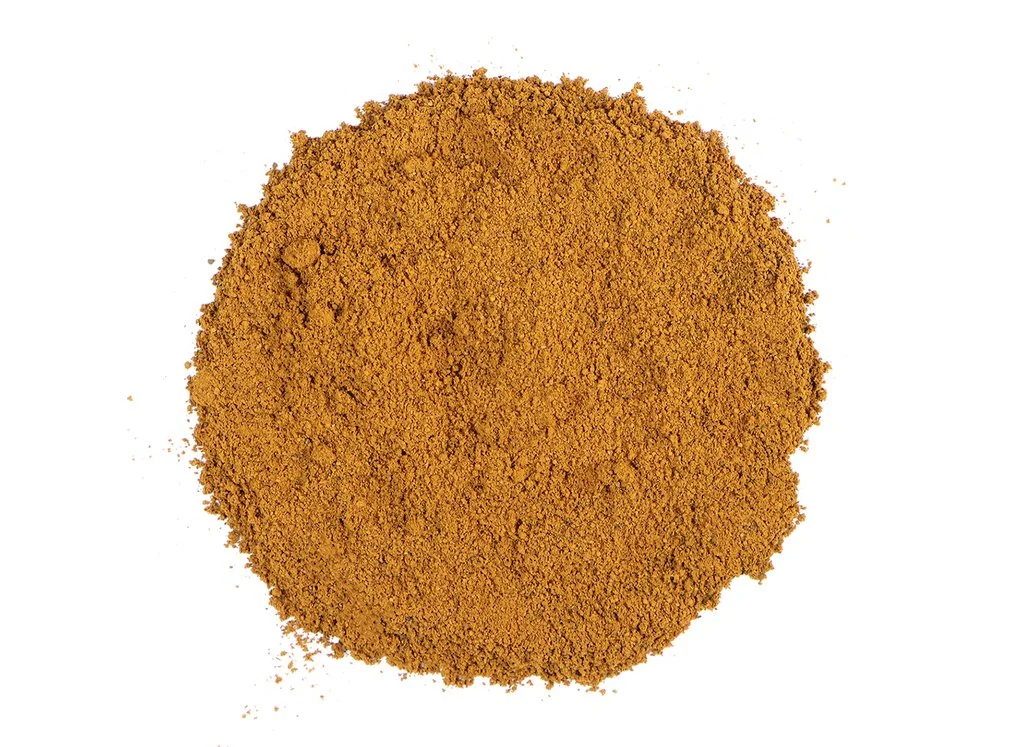
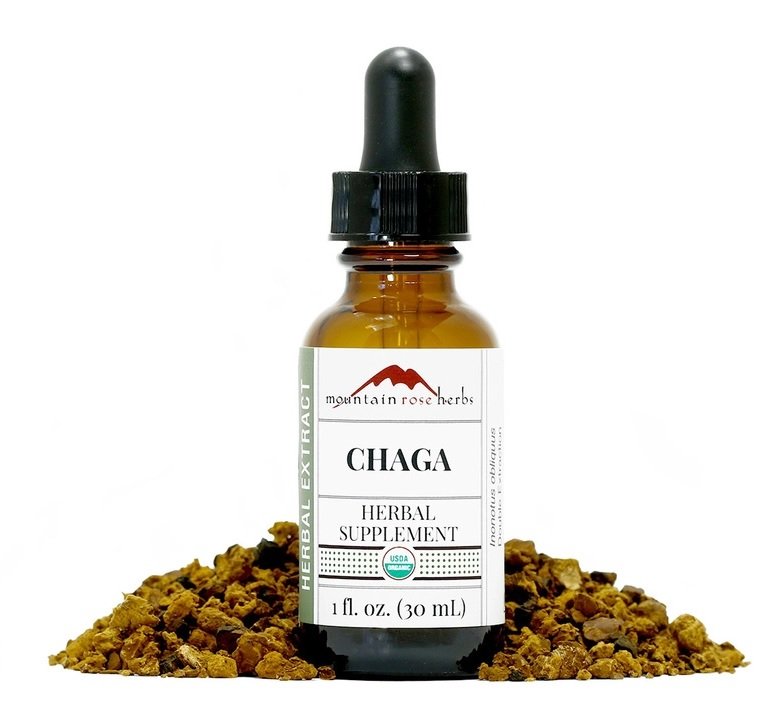
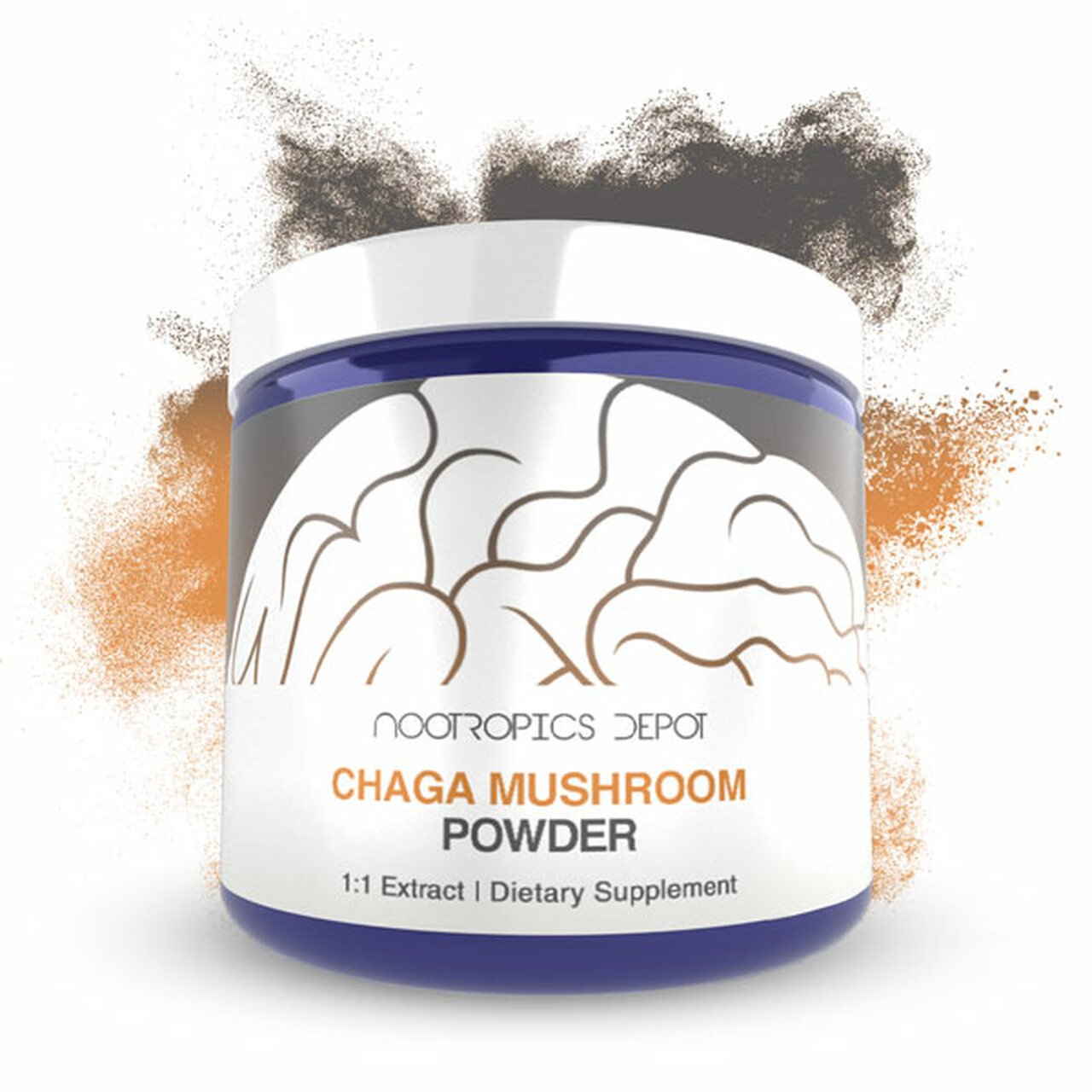






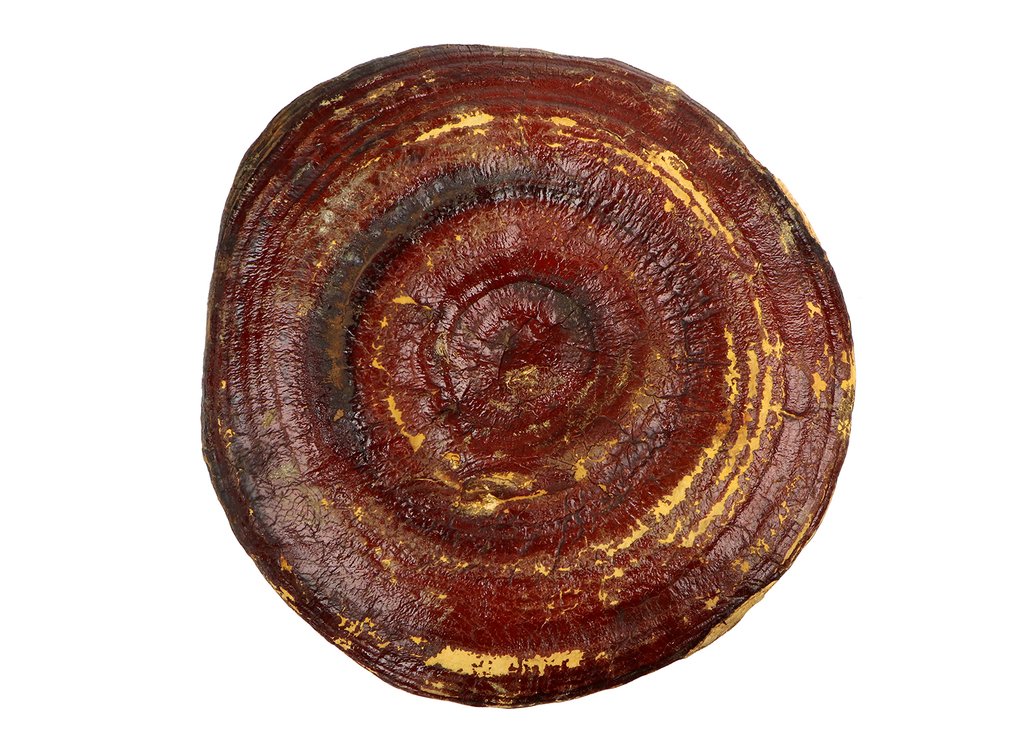
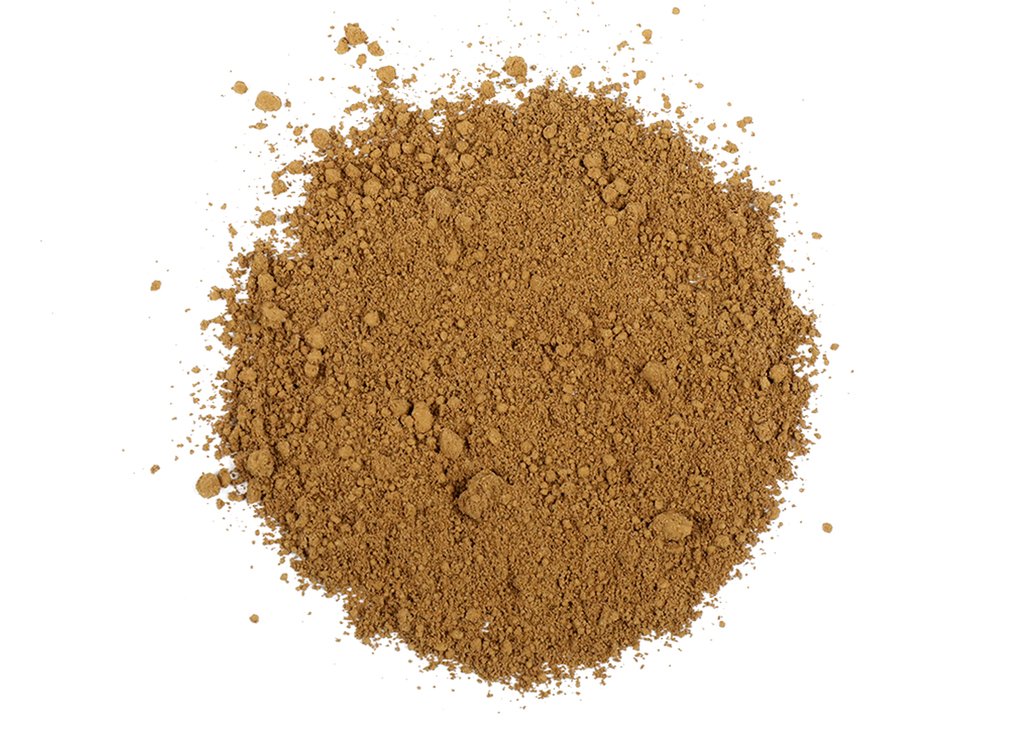
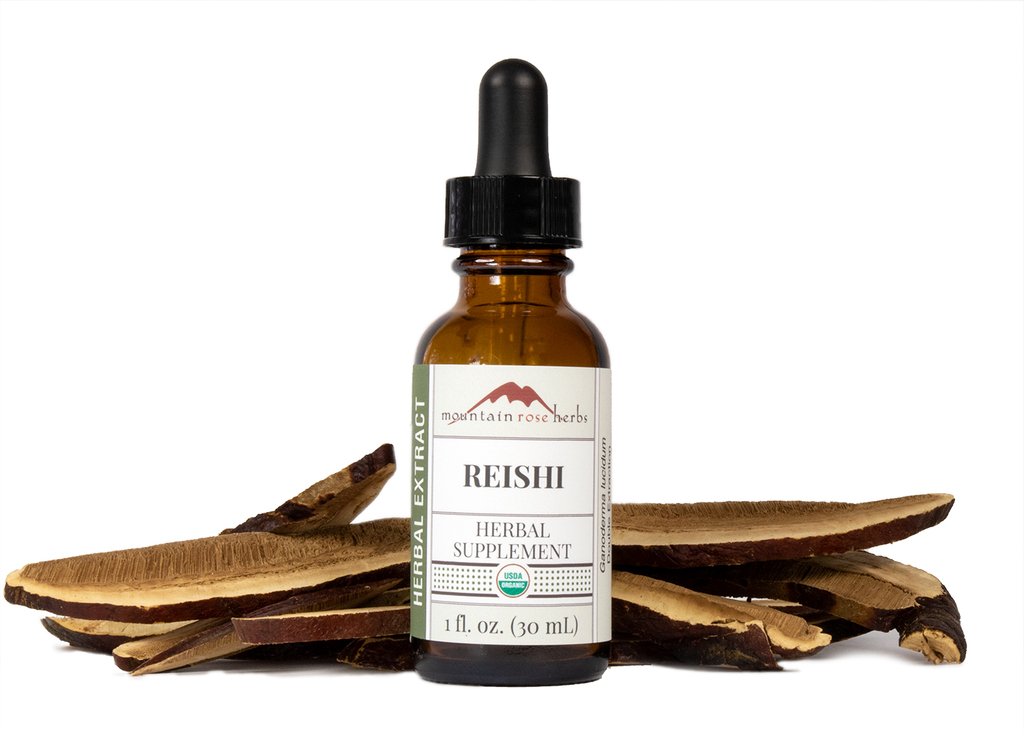
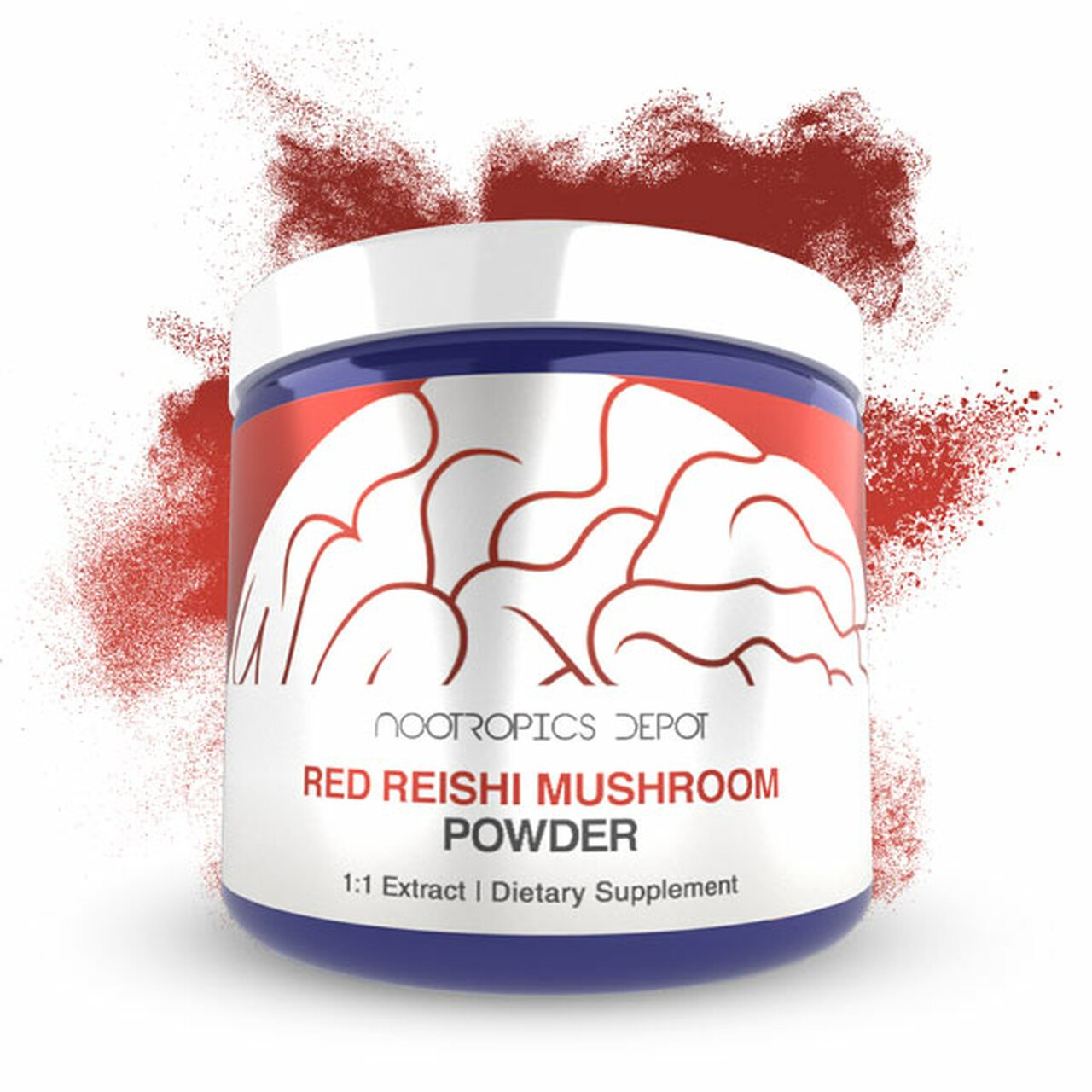

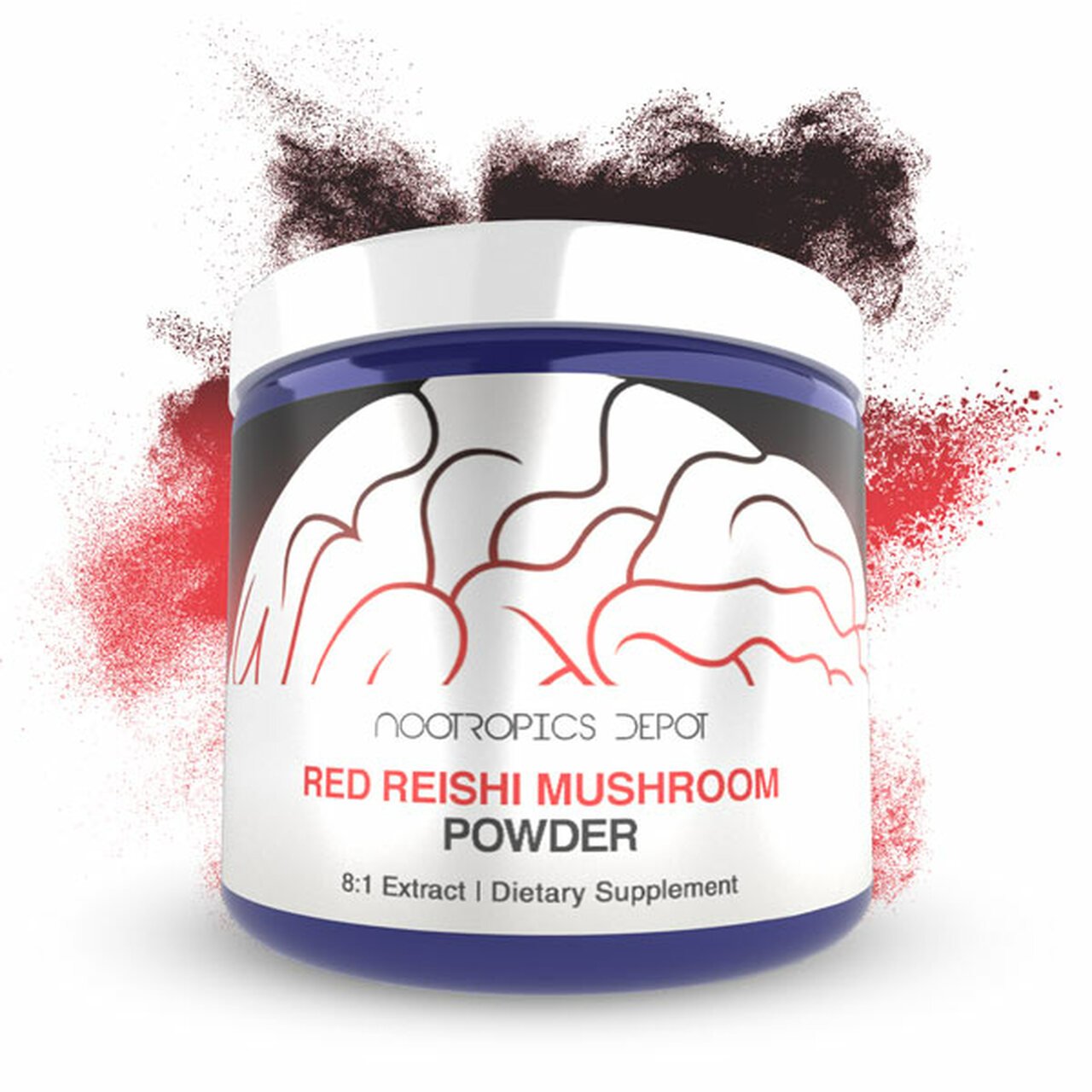





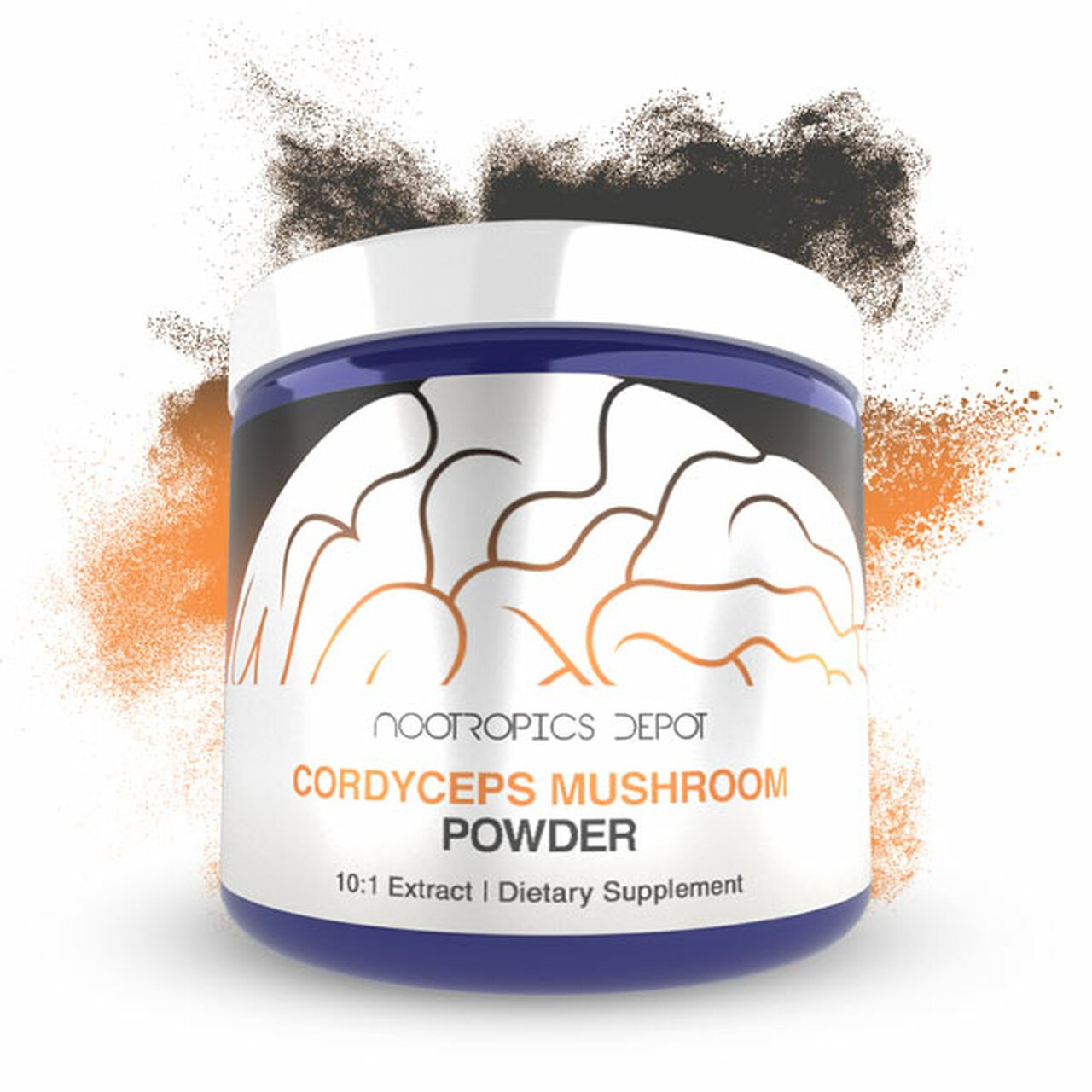





Chaga is a medicinal mushroom that has a strong safety profile which has been used for thousands of years as a health preventative and to treat a variety of health problems that affect the digestive, immune, and cardiac systems. Chaga mushroom is unique among polypore mushrooms since 40% of its dry-weight are water soluble compounds, making it ideal for easily brewing as a tea or into coffee.